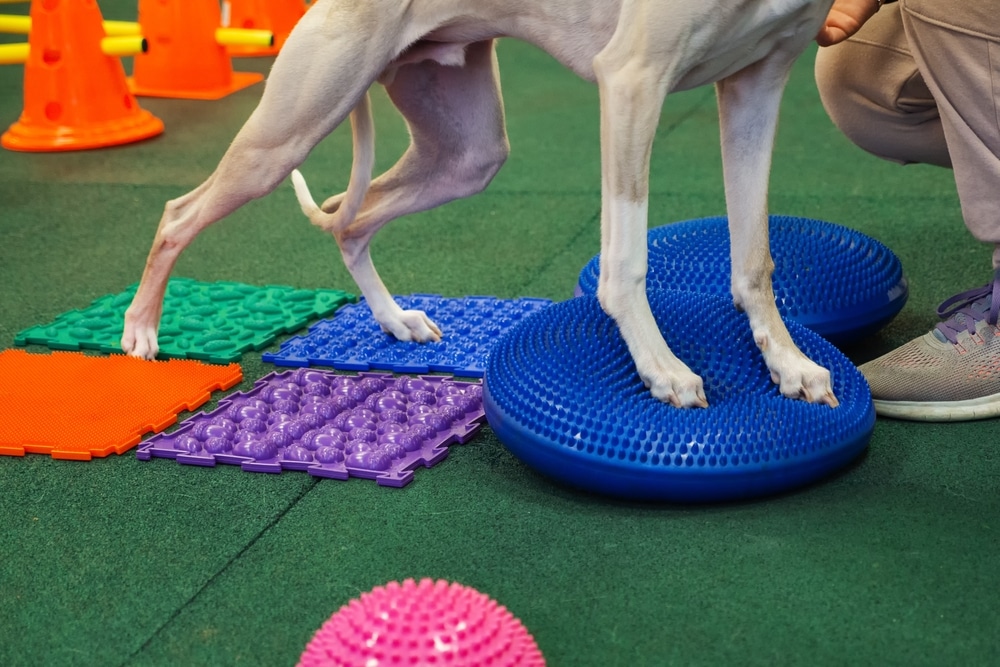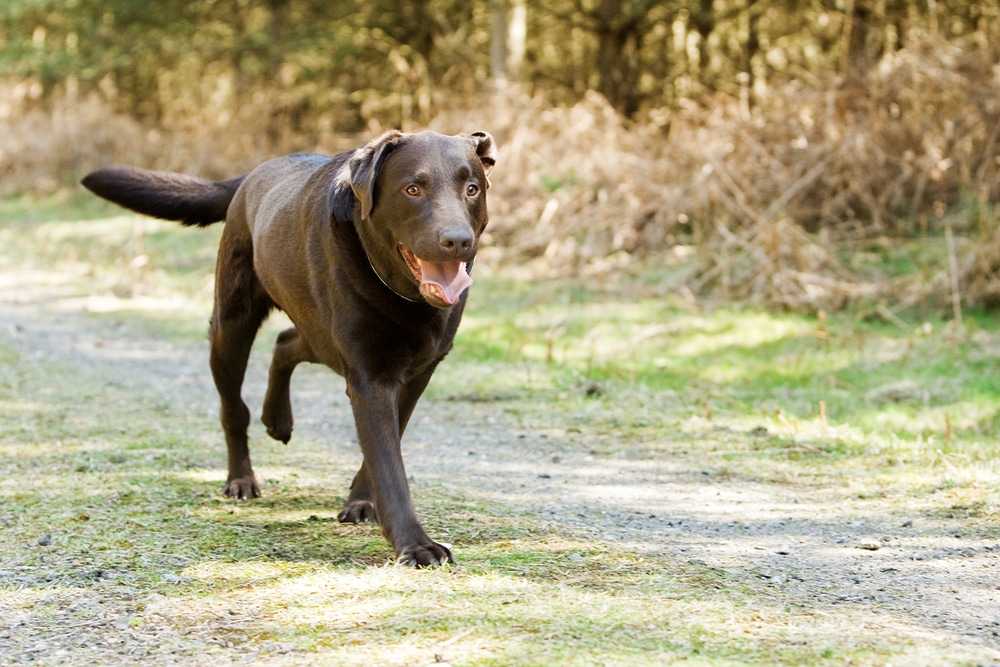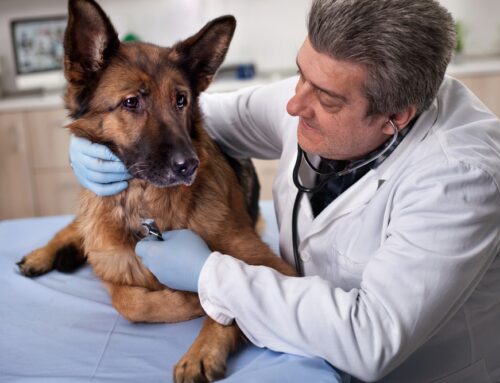Limping in Pets: When It’s Time to Call the Vet
Noticing a pet limping can be alarming. One day a dog races around the yard with ease, and the next, each step looks stiff or painful. Owners often wonder: is it just a strained muscle, or could it signal something more serious? Knowing the possible causes of limping, what signs to watch for, and how diagnostics guide treatment can make all the difference in getting a pet back to comfortable movement.
Understanding What Limping Means
Limping, or lameness, is any change in a pet’s normal stride. It might be dramatic, like holding up a paw completely, or more subtle, like hesitating to jump onto furniture or tiring quickly during a walk. For many pets, limping is their way of saying, “Something hurts.” Determining the root cause early helps prevent small injuries from becoming long-term problems.
Common Causes of Limping in Pets
From playful tumbles to underlying health conditions, several issues can lead to limping. Some of the most common include:
- Traumatic Injuries: Sprains, strains, muscle tears, dislocations, or even broken bones can happen unexpectedly. Learn more about muscle tears in dogs and broken bones that may require more advanced care.
- Joint Problems: Arthritis and degenerative joint disease often develop over time. These conditions are especially common in older cats and dogs. Arthritis in cats can be subtle but greatly affect comfort.
- Orthopedic Conditions: Issues such as hip dysplasia or a torn cruciate ligament can limit mobility and cause significant pain. Canine cruciate ligament injuries are one of the most common orthopedic problems in dogs.
- Kneecap Problems: Small breeds often face patellar luxation. Learn more about patellar luxation.
- Foreign Objects: Outdoor adventures can lead to hidden hazards. Foxtails, thorns, or splinters lodged in paws are common culprits. See more about foxtail risks.
- Nail Injuries: A cracked or torn nail can cause sudden, painful limping. Tips for managing nail injuries can help at home.
When to Worry: Signs That Need Attention
Mild limping might resolve on its own, but certain signs mean it’s time to call a veterinarian:
- Sudden refusal to put weight on a limb
- Visible swelling, heat, or bruising near a joint
- Persistent licking or chewing at the affected area
- Limping that worsens after rest
- Yelping, whimpering, or aggression when the limb is touched
- Changes in appetite, mood, or energy level
For more insight into how pain shows up in pets, the AAHA pain guide offers helpful information.
How Diagnostic Tools Help Pinpoint the Cause
At Sonoran Sky Pet Hospital, determining the cause of limping starts with a thorough exam. A veterinarian will evaluate gait, check for swelling or heat, and gently test range of motion.
When physical exams alone don’t provide enough information, diagnostic imaging comes into play:
- X-Rays: Ideal for spotting bone fractures, arthritis, and hip dysplasia. Learn more about small animal X-rays.
- Ultrasound: Useful for identifying soft-tissue injuries or foreign bodies. Details on ultrasound diagnostics can help owners know what to expect.
- CT Scan or MRI: For complex cases, advanced imaging may reveal ligament tears, spinal issues, or subtle joint problems. Explore small animal MRI for a deeper look.
- Joint Fluid Analysis or Bloodwork: Sometimes necessary to rule out infections or immune-related conditions.
Bringing a clear video of the pet walking at home can be helpful during the appointment.
Treatment Options for Limping Pets
Once the underlying cause is clear, a tailored treatment plan can be created. Common options include:
| Condition | Treatment Approach | |
| Mild sprain or strain | Rest, restricted activity, and pain management. | |
| Torn cruciate ligament | Surgical repair or orthopedic brace. | |
| Hip dysplasia | Surgical correction, physical therapy, or weight management. More on hip dysplasia surgery. | |
| Arthritis | Joint supplements, weight control, and anti-inflammatories. Helpful mobility tips can support pets with chronic conditions. | |
| Foreign objects or wounds | Removal, cleaning, and antibiotics if needed. For bite wounds, see what to do. | |
| Not every case requires surgery. Many pets recover well with lifestyle changes, physical therapy, or minor procedures. | ||
Supporting Healing at Home
Owners can make small adjustments at home to ease discomfort and promote recovery:
- Limit jumping or running until cleared by a vet.
- Use ramps or steps for furniture or vehicles.
- Keep floors slip-resistant with rugs or mats.
- Ensure bedding is supportive and comfortable.
- Try gentle warm-ups and cooldowns before and after activity to reduce stiffness.
Maintaining a healthy weight is also critical, as extra pounds place added stress on joints.

FAQs About Limping in Pets
Can limping resolve on its own? Mild strains may heal with rest, but any limp lasting more than 48 hours should be evaluated.
Is it okay to give human pain medications? Never give over-the-counter pain meds without veterinary guidance. Some are highly toxic to pets.
When is limping an emergency? Seek immediate care if there’s severe swelling, obvious fractures, open wounds, or if the pet cannot stand or walk at all.
Preparing for a Veterinary Visit
Being ready for the appointment helps speed up diagnosis:
- Bring a detailed history of when the limping started.
- Note any changes in behavior, appetite, or activity.
- If possible, record a video of the limp at home.
- Make a list of current medications and supplements.
The Sonoran Sky Pet Hospital team works closely with owners to determine whether basic care or advanced diagnostics are needed.
Moving Forward: Healthy Steps Together
Limping can be unsettling, but prompt care and proper diagnostics help pets recover faster and stay comfortable. No one wants to see a loyal companion held back by pain. For any concerns about lameness or mobility, request an appointment or contact Sonoran Sky Pet Hospital. With teamwork, every pet can return to enjoying life—one confident step at a time.









Leave A Comment